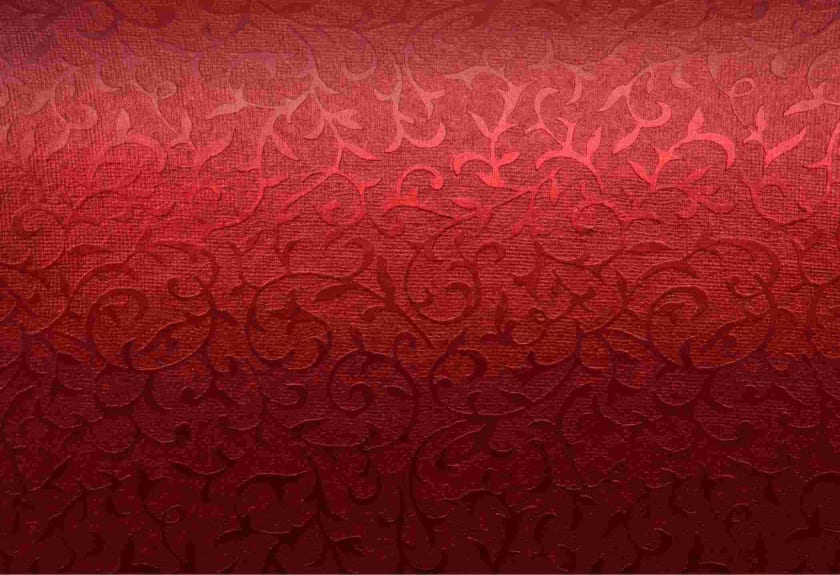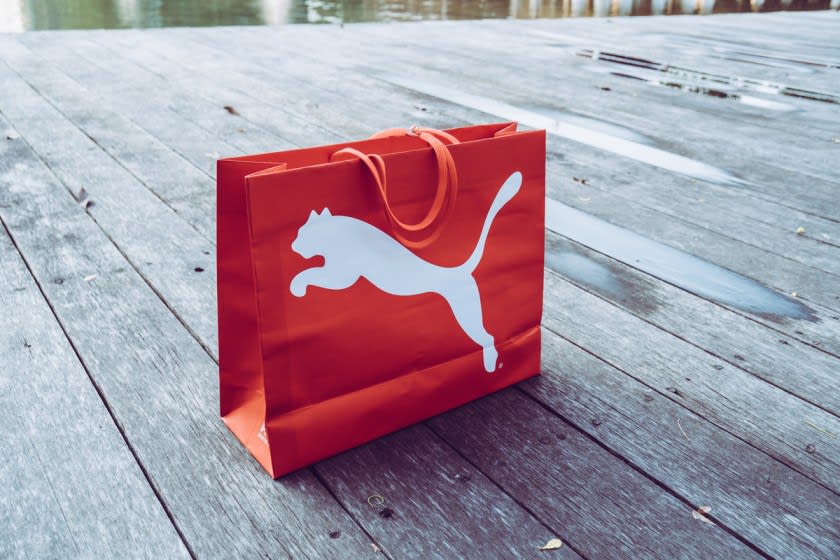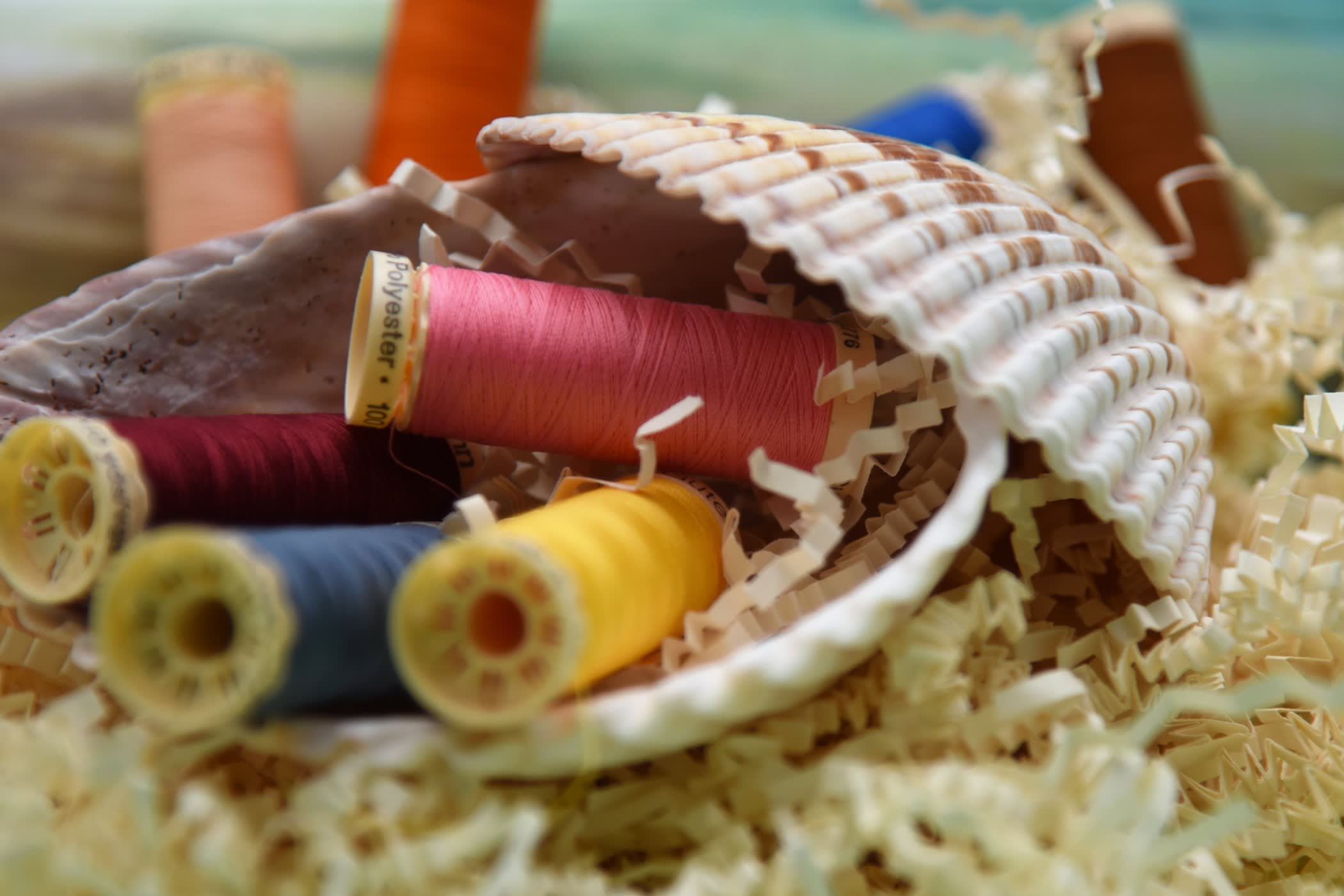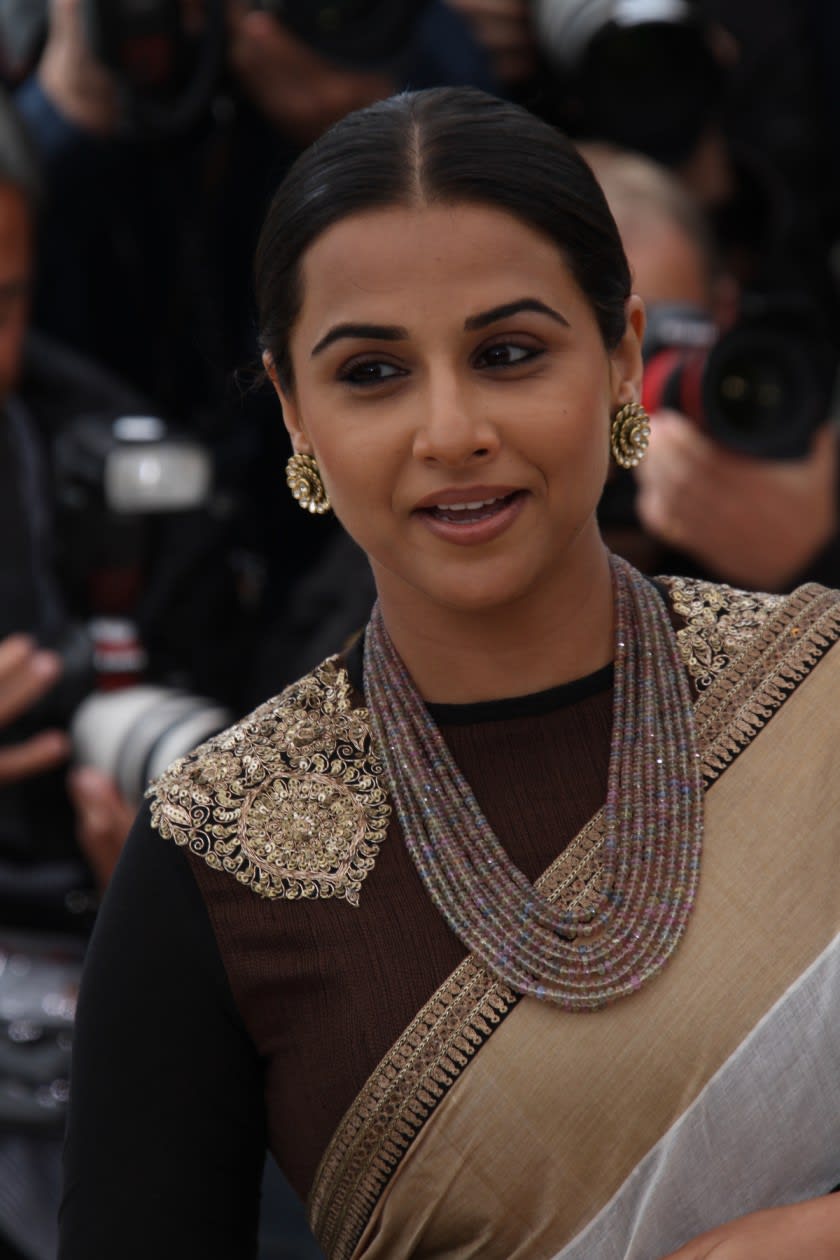A Brief Guide on Brocade: Here’s What Brands & Manufacturers Should Know



| Fabric name | Brocade |
| Also known as | Embossed cloth |
| Fabric breathability | Low |
| Largest exporters | China and Australia |
| Uses | Dresses, ecclesiastical vestments, costumes, trousers, jackets, suits, upholstery, drapes |
Origins
The production and use of brocade was limited to China during the first few centuries AD. Early records referring to brocade date emerge from the Warring States period (475-221BC) in China. Other nations, especially in the West, tried to make their own silk to cut down the trade dependency on China.
During the 6th century AD, monks from the Byzantine Empire smuggled the secrets of sericulture out of China. Byzantium thus became a major producer of silk textiles. Brocade in particular became associated with the Byzantines. The distinctive feature of Byzantine brocade was the Christian iconography often featured on it.
The use of brocade in premium clothing spread throughout Eastern and Southern Europe during the Middle Ages. Brocade was quite popular among the European nobility at the time. While brocade use declined soon after, it experienced a revival in Renaissance Italy. After the Renaissance, brocade was repurposed as a common material for curtains, drapes, upholstery and women’s clothing.
The invention of the Jacquard loom in the 19th century enabled the mass production of brocade. Also, more complex patterns could now be printed upon brocade fabric. Brocade lost its long-standing association with elites and the upper class. Today, brocade is still prized for its decorative beauty and intricate patterns.
Uses

The use of brocade in making apparel is quite rare. However, brocade is a common material found in modern upholstery and drapes. Heavy silk drapes in fact are almost always “brocaded.” In the case of (furniture) upholstery, posh, decorative chairs frequently use brocaded cushions and sofas feature brocade patterns.
Brocade is also used in decorations and homewares. Ornamental throw pillows use brocade as they add a polished flair to any setting. In the Indian subcontinent, brocade is quite popular in making ceremonial Indian clothing. Vestments worn by priests usually feature this fabric.
Major Producers & Exporters
China and Australia are the world’s largest producers and exporters of textile products. In the case of wool brocade, China is also the largest producer of the fabric.
Production
Throughout its history, brocade has been made using silk. Today, brocade is made using a variety of materials such as cotton, wool as well as synthetic fibers like polyester, rayon etc.
Weavers once made brocade fabric on conventional looms. This process required scrupulous effort and attention to detail. Brocade production became simpler and more efficient with the invention of the Jacquard loom.
Brocade weaves vary widely in complexity. The general rule of thumb is that the simplest brocade patterns require a single added colour. Complex brocade patterns, on the other hand, consist of a veritable kaleidoscope of multi-colored threads.
The yarns used to make brocade are dyed before weaving. This is because dyeing after the weaving process spoils the beautiful multicolored brocade patterns.

Types
| Type | Description |
| Silk brocade | Silk brocade is prized for its smooth feel and intricate patterns. As such, it is one of the most common types of brocade available on the market. |
| Cotton brocade | This type of brocade is easier to produce than silk brocade. This is because the patterns on cotton brocade are less complex. |
| Himru brocade | Himru brocade consists of a mixture of silk and cotton. |
| Synthetic brocade | Synthetic brocade is cheap to produce. But its production process pollutes the environment. |
| Continuous brocade | With this type of brocade, the leftover threads are either cut off or left hanging on the back side of the fabric. |
| Discontinuous brocade | With this type of brocade, leftover threads are woven into the fabric to create additional designs. |
| Zari brocade | Zari brocade consists of threads made of copper, silver or gold. Imitation zari brocade uses synthetic materials that mimic the appearance of copper, silver or gold. |
Environmental Impact
Brocade has a bright future in the sustainable garment industry. Brands and manufacturers that wish to deploy sustainable business models should invest in ethically produced silk and wool. This would be a major step towards creating a green garment brand or business.
Brocade traditionally contains silk fibers. Silk is one of the most environment-friendly fabrics as its production does not require pesticides or fertilizers. More specifically, silk is made using mulberry trees. Silkworms create cocoons on the branches of mulberry trees which are harvested by workers. The cocoons are then boiled and processed without the use of any agrotoxins or chemicals.
Cotton can also be used to produce brocade fabric. Cotton can be sustainable and environment-friendly. That said, harmful pesticides and fertilizers are used sometimes to grow cotton. In the case of wool (also used to make brocade), wool producers are known to engage in unsustainable land use and animal cruelty.



















